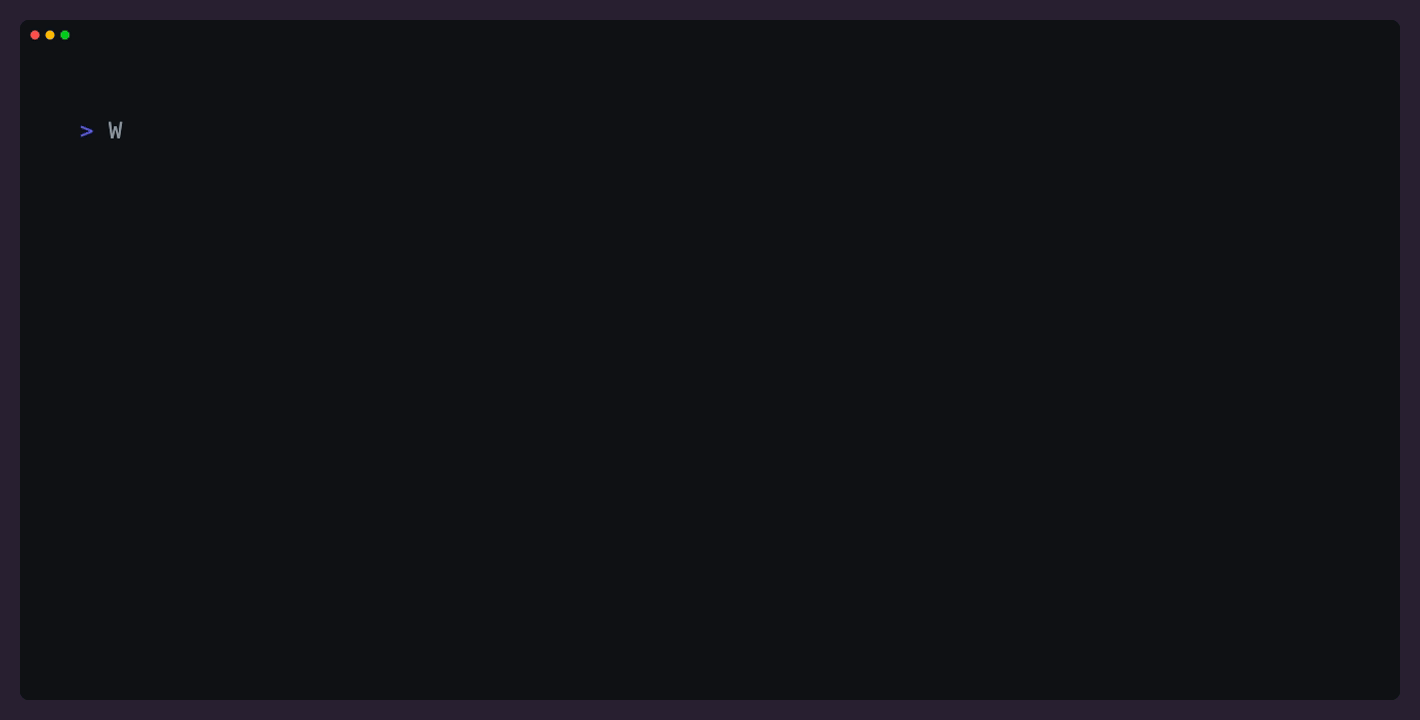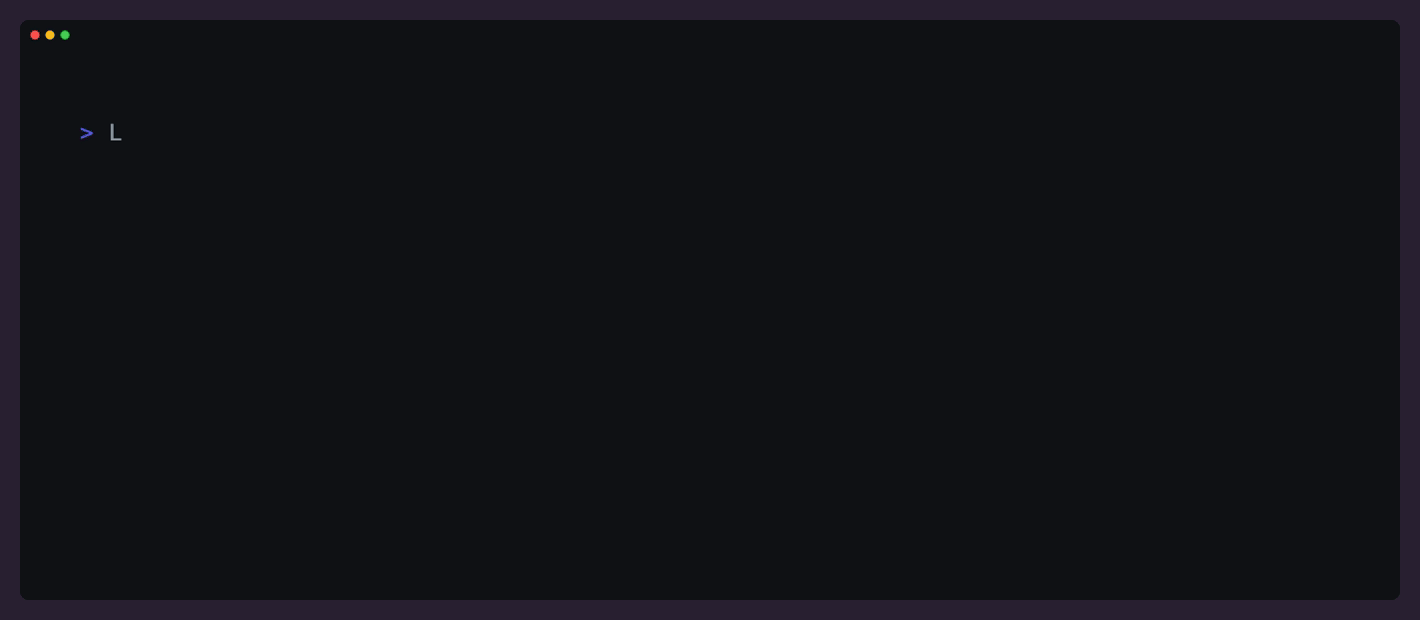Announcing the Edgee Component Registry for WebAssembly at the edge

Today, we are thrilled to announce the Edgee Component Registy, a new way for developers to share and run WebAssembly (Wasm) components at the edge.
Edgee's mission, powered by open source
Edgee is enabling developers to build faster, more scalable, secure, and privacy-compliant web applications.
The Edgee platform comes with built-in open source components for popular analytics tools such as Google Analytics, Amplitude, Piano Analytics, and Segment - as well as consent management platforms, conversions, streaming, and warehousing APIs.
With today's launch, developers can build and push Wasm components to use in their Edgee project, and even share public components for everyone to use. We are excited to foster and support a thriving open source community of component developers and organizations interested in contributing, as we keep expanding the registry to more component types.
Why the Edgee Component Registry
The new registry allows organizations to use Edgee for their first-party analytics solutions or to integrate with additional tools and APIs, benefiting from the same performance, global reach, reliability, and security at the edge.
For partners, this means you can publish and maintain edge components autonomously and enable developers to leverage your solutions at the edge, on the Edgee managed platform or via Edgee Open Source Edition.
We chose WebAssembly as the foundation of our stack to enable the next generation of applications with blazing fast components that can run in a safe environment, powered by your preferred programming language, and using new specialized tooling and interfaces. For reference, a regular Wasm component is 100% portable across operating systems and architectures, and it only weights a few hundreds kilobytes, compared to many Docker images reaching hundreds of megabytes. This enables faster invocations and better portability at the platform level, and a better local development experience too.
Edgee's core mission: filling the gap in data analytics with edge components
As we started sharing last year on this blog, the traditional approach for web analytics relies on client-side SDKs and suffers because of fundamental issues and limitations of the modern web such as ad-blockers, unstable mobile connectivity, JavaScript compatibility, and privacy regulations.
This results in organizations losing up to 70% of the analytics data on their websites. The long-term consequence is that CxOs can't trust their analytics and don't feel confident about making data-driven decisions anymore.
Our core mission at Edgee is to help organizations build the next generation of high-performance, sustainable applications via efficient and interoperable components. The first step in this journey involves restoring trust in web analytics and enabling organization to collect 100% of the data, while providing a layer of protection for their users' privacy.
Edgee already integrated natively with popular analytics tools, and with today's launch we're opening the door for hundreds of new components and integrations, allowing organizations to leverage the power of edge computing for their first-party and third-party analytics, conversions, and data warehousing.
How to get started with the Edgee Component Registry
To get started with the new Edgee Component Registry, developers can use the Edgee CLI to create, build, test, and push new components, using simple commands such as 'edgee component build', 'edgee component test', and 'edgee component push'.

First, you create a new component project based on your preferred programming language.
For example, let's choose Golang:

Building and testing locally with the Edgee CLI
Next, you create the business logic for your component, implementing the methods exported by the WIT interface.
During the implementation phase, the CLI lets you compile into WebAssembly and test locally to make sure your component is behaving as intended:

Pushing to the registry with the Edgee CLI
When your component is ready for some action, you push the Wasm binary to the Edgee Component Registry and let it run at the edge, on the Edgee managed platform.
You can choose whether to push it as a private or public component. Every time you push, a new version is created - based on your component's manifest file.

Get started today with the Edgee Component Registry: edgee.cloud/registry.
Check out our docs to learn more about foundational concepts and go through our step-by-step guide for developers.
What components are available at launch
All Edgee customers can access the registry and automatically benefit from public and community-built components for web analytics such as:
Plus an initial set of consent mapping integrations:
On top of that, the registry already includes popular conversion API integrations:
- LinkedIn Conversions APIs
- Meta Conversions APIs
- Pinterest Conversions APIs
- Snapchat Conversions APIs
And cloud-based integrations for data lakes, streaming, and warehousing destinations:
Check out our 2025 Components Roadmap to learn more about what's coming soon, upvote, and propose new components!
Edgee Component Registy pricing
Pushing new public or private components to the registry is free of charge.
As a developer, this allows you to experiment and test new components using our Free plan, and even plug components into your Edgee Open Source Edition deployment for free.
Within the Edgee managed platform, adding components to a project only takes a couple of clicks on the Edgee dashboard. Or a few API calls if you prefer to fully automate the setup process.
When adding components to a project, you're charged based on the number of generated requests and events. Check out our pricing page to learn more about features and plans.
What's next
We are just getting started with WebAssembly and edge components.
Data Collection is the starting point for Edgee, we're already working hard to make new types of components available for the open source community to contribute, build, and publish.
You will soon get access to new components focused on A/B testing, Security & Compliance, Web Performance, and AI Inference. These components will help you with challenges such as content and SEO enhancements, performance optimizations, intelligent bot management, advanced DDoS mitigation, and zero-latency experiments.
Additionally, we're working on Custom Logic components to cover virtually every use case: from custom request handlers, conditional routing and content stitching, all the way to feature flags, API gateways, and custom auth.
We look forward to your feedback and we're excited about what you'll built next!
